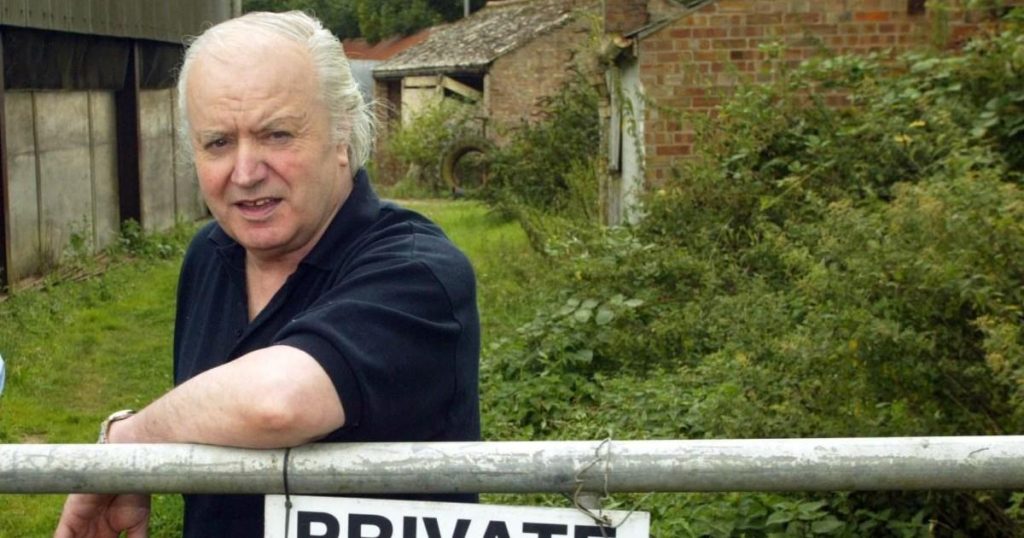The death of Tony Martin at the age of 80 rekindles the memories of a case that deeply divided the British public and sparked a fierce debate about the boundaries of self-defense. In 1999, Martin, a reclusive farmer residing in the dilapidated Bleak House in Norfolk, shot and killed 16-year-old Fred Barras and injured his accomplice, 29-year-old Brendon Fearon, during a nighttime burglary. The incident transformed Martin into a controversial figure, with some viewing him as a vigilante who took the law into his own hands and others portraying him as a vulnerable individual protecting his property and himself from intruders. The case exposed complex legal and ethical questions surrounding the right to defend one’s home and the proportionality of force used in such situations.
Martin’s upbringing offered little indication of the tragic events that would unfold. Raised on a prosperous farm in Cambridgeshire, he was surrounded by firearms, a common presence due to his father’s fondness for shooting. However, Martin himself displayed no particular interest in guns or hunting, and his mother described him as averse to the idea of killing. This apparent contradiction between his upbringing and his later actions further complicated the public’s perception of him. Was he a man driven to violence by circumstance, or did a latent predisposition lie dormant within him, waiting to be triggered? The answers remained elusive, contributing to the enduring controversy surrounding the case.
The night of the shooting, Barras and Fearon had targeted Bleak House, unaware of the potential consequences. Barras, a young man with a history of petty crime, had reportedly boasted about embarking on his first “big job.” His family, however, painted a different picture, portraying him as someone who had fallen in with the wrong crowd but who ultimately had the potential to turn his life around. Their grief and belief in his potential redemption added another layer of complexity to the narrative. The conflicting portrayals of both victim and perpetrator made it difficult for the public to form a definitive opinion, fueling the ongoing debate.
The legal proceedings following the shooting were equally contentious. Martin maintained that he had acted in self-defense, fearing for his life and the security of his isolated home filled with antiques. The prosecution, however, argued that he had lain in wait for the burglars, suggesting premeditation. Initially convicted of murder and sentenced to life imprisonment, Martin’s conviction was later reduced to manslaughter on grounds of diminished responsibility due to his diagnosed paranoid personality disorder. This legal back-and-forth further polarized public opinion, with some believing the initial conviction was justified and others seeing the reduced sentence as a vindication of his right to defend himself.
Martin’s subsequent life remained largely out of the public eye. Described by acquaintances as eccentric, he seemingly attempted to resume a normal life following his release, focusing on farming and pursuing his interest in history. However, the shadow of the shooting continued to loom over him. In 2013, he encountered another potential theft on his property but chose not to intervene, citing his reluctance to relive the ordeal of the previous legal battle. This incident highlighted the lasting psychological impact of the events of 1999 and further underscored the complex interplay between fear, self-preservation, and the rule of law.
Years later, in 2016, Martin was again embroiled in legal trouble after police discovered an illegal firearm at his residence. Though no charges were ultimately filed, the incident served as a reminder of the enduring questions surrounding his character and the events that had shaped his life. His death, following a stroke in December 2023, brought a final chapter to a story that captured national attention and continues to resonate as a complex exploration of self-defense, the limits of the law, and the enduring consequences of a single, fateful night. The Tony Martin case remains a cautionary tale, prompting reflection on the intricate balance between protecting oneself and respecting the legal framework that governs society.


